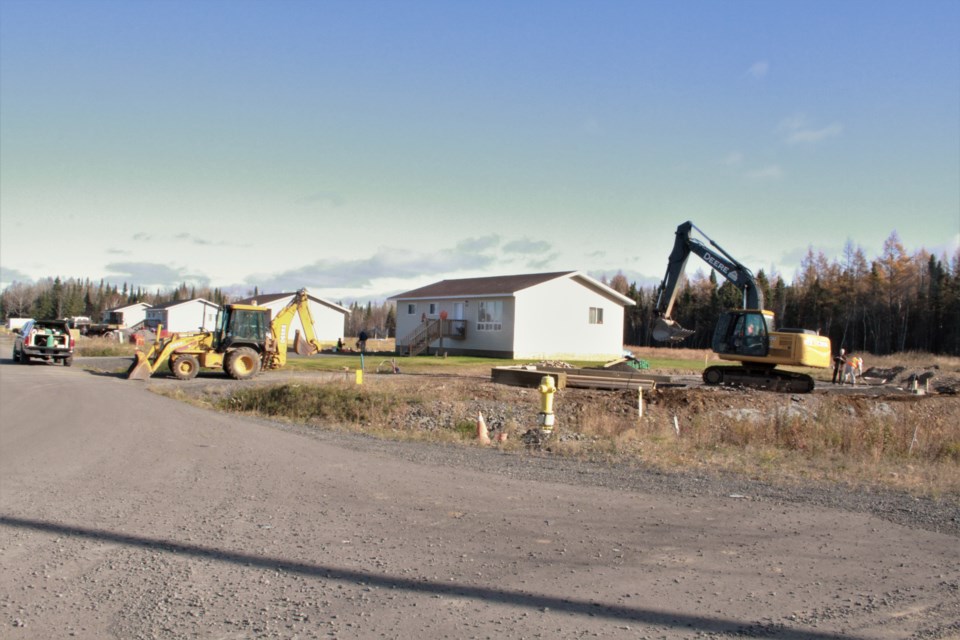Ottawa must change its flawed approach to reserve housing, said Nishnawbe Aski Nation (NAN) Grand Chief Alvin Fiddler.
Following the release of Canada’s Auditor General’s report that delivered failing grades to the federal government in meeting its housing commitments to First Nations, the Thunder Bay-based NAN said the general lack of planning and direction merely follows a “decades-old ad hoc approach” to First Nation housing in its territory.
“This report confirms our own research that the federal government’s approach to First Nations housing is simply not working. The failures documented by the Auditor General are life and death matters for our citizens living in crowded and inadequate housing," said Fiddler in a statement.
“This is costing lives and has had a severe impact on health outcomes for our members, especially in remote communities,” said Fiddler, who urged the government to fully engage with Indigenous leaders to provide the kind of housing “that meets the needs of our communities.”
Nishnawbe Aski Nation is a political territorial organization representing 49 First Nation communities in Northern Ontario.
The leadership doesn't see much of a government plan to address the problem and expect health and well-being on reserve to “continue to suffer.”
Poor housing conditions, exacerbated by overcrowding and mould led NAN chiefs to declare a Housing State of Emergency in 2014.
About 40 per cent of homes in NAN territory need repair, the organization said, and there is an average of 3.7 people per home in its territory compared to 2.6 across Ontario.
Among their observations, NAN leaders said government investment in its territory to date “falls well short” of closing the infrastructure gap, “which is at least $5.5 billion.”
Homes being built are of “substandard or low quality,” which perpetuate chronic mould problems. NAN is calling for higher standards that better reflect the North’s climate and geography, and will increase home life, reduce repair costs, and create a healthier living environment.
NAN also criticizes the government’s application-based funding program, saying that the communities with the greatest hosting needs don’t always receive the funding they require due to the “onerous” amount of applications.
Dedicated housing staff is a priority, NAN leaders said. Capacity building and reducing to barriers to funding was previously noted in NAN’s housing strategy. Their planning document called for the need to develop a skilled home-grown workforce and have staff on hand to apply for funding programs, manage housing assets and plan for the future.
NAN said its housing strategy is a three-year project that’s centred around First Nations knowledge and lived experience focused around determining housing needs and developing action plans in governance and design of housing systems.




